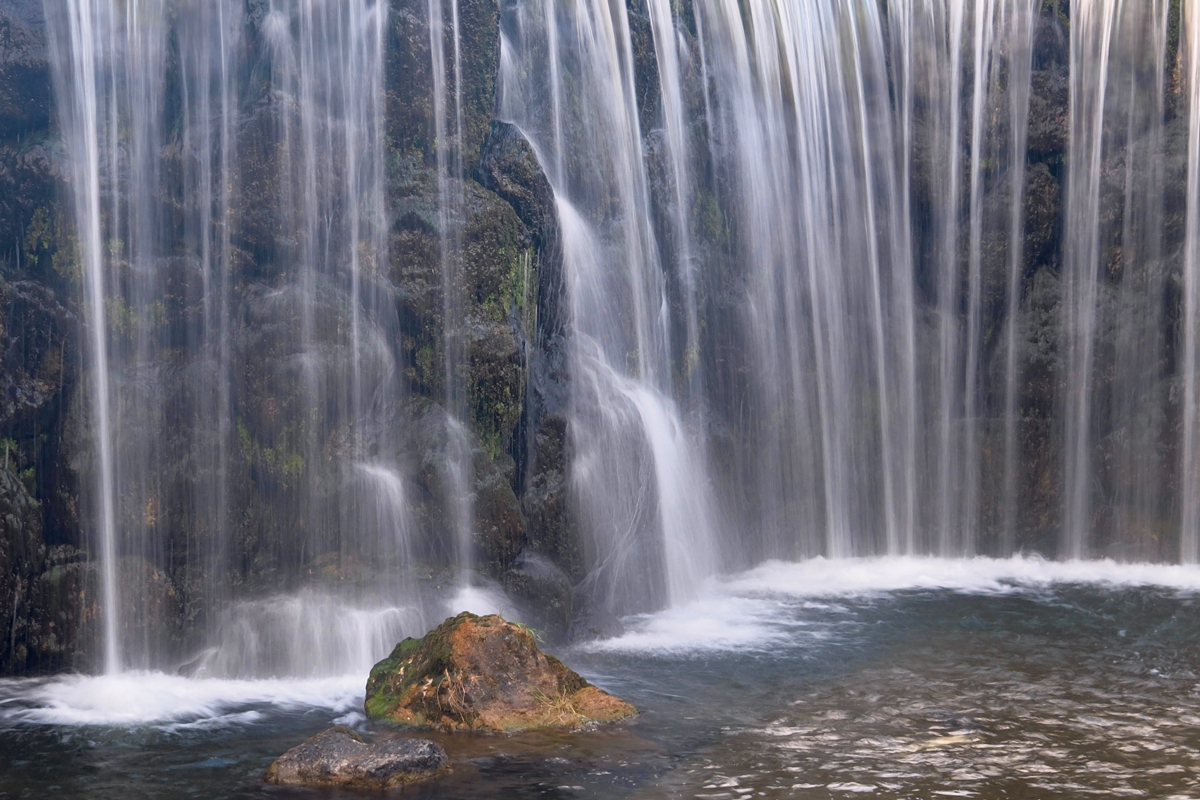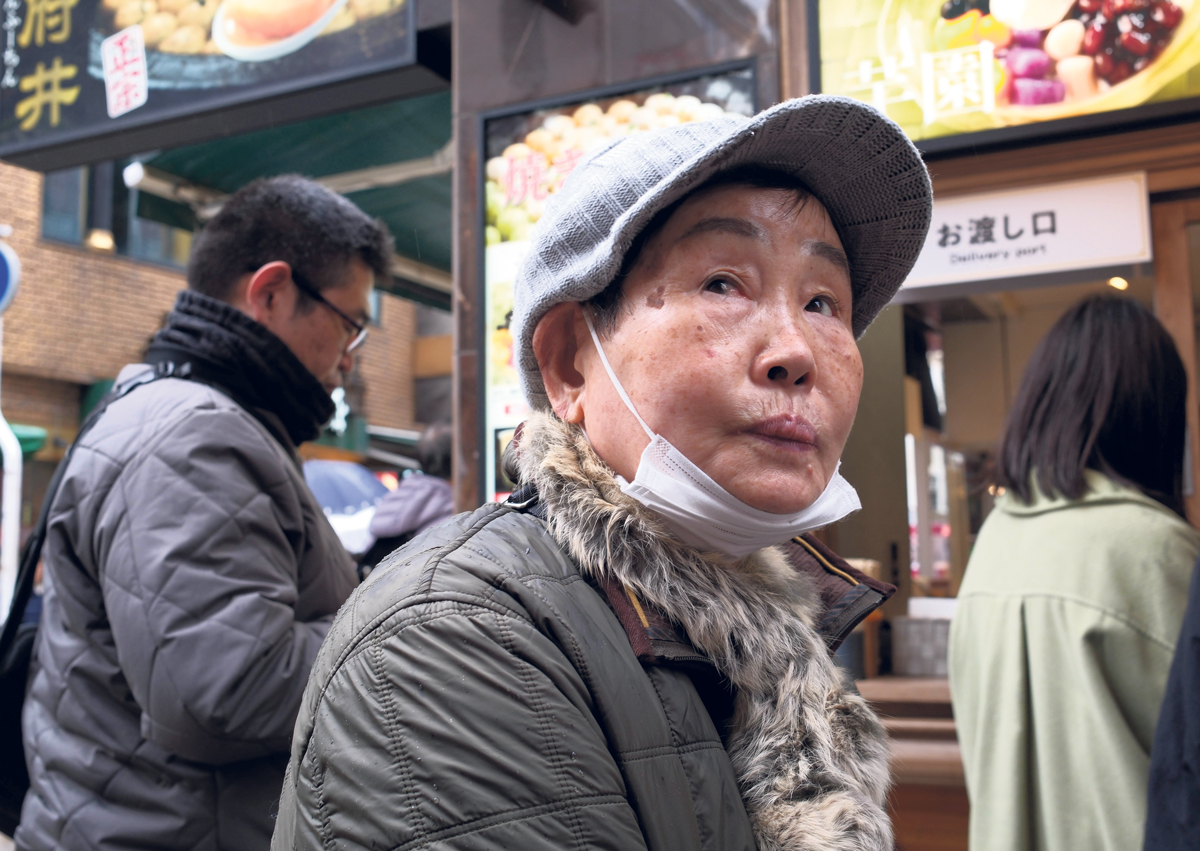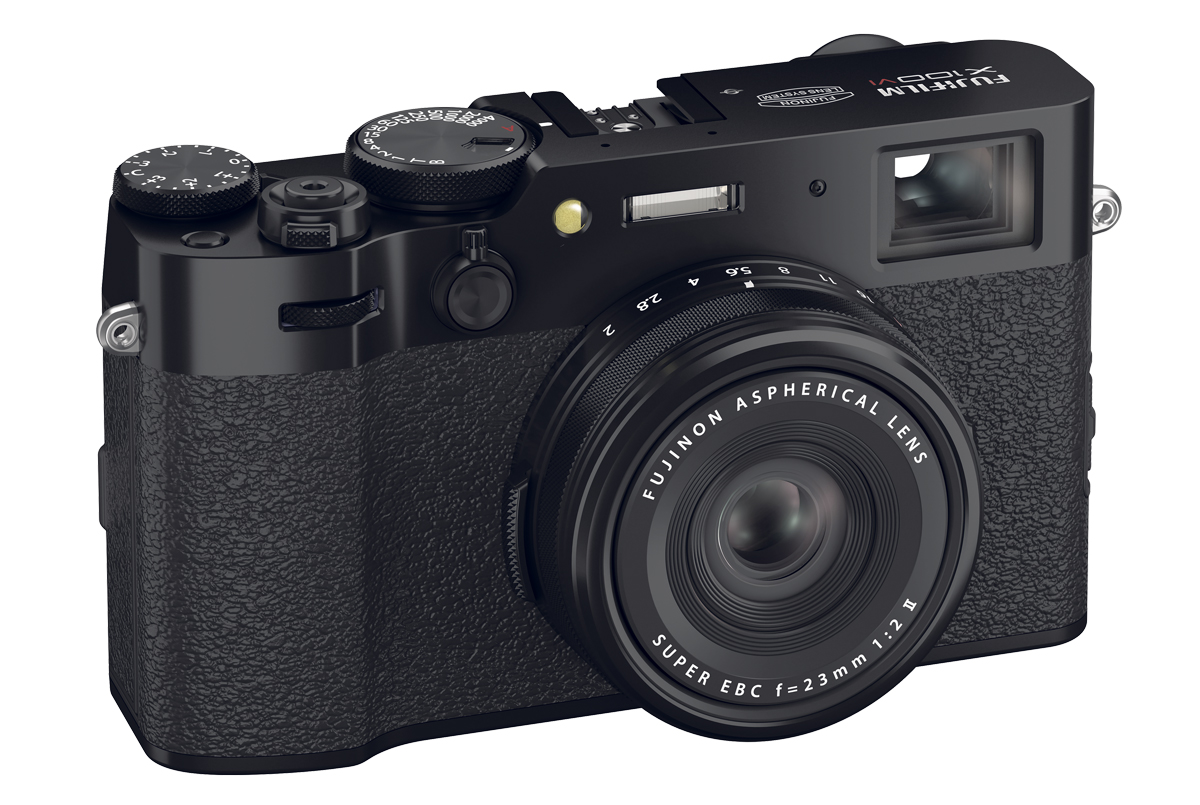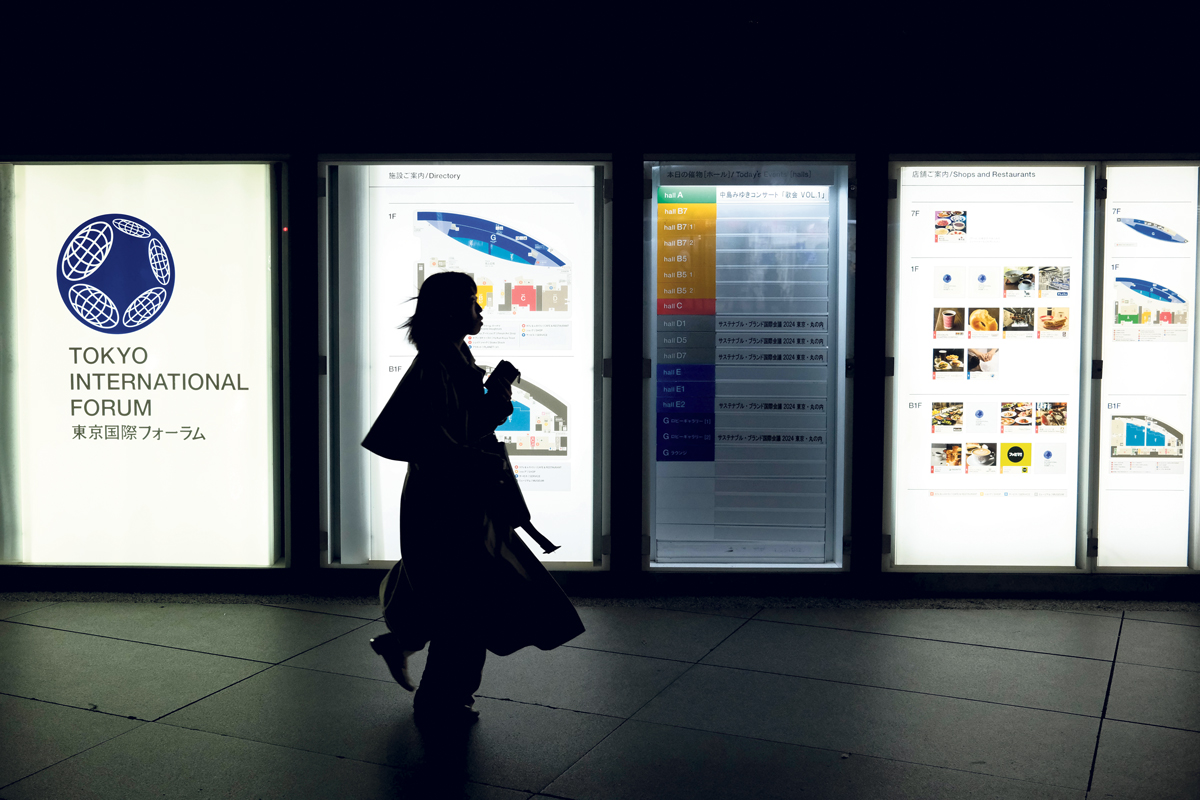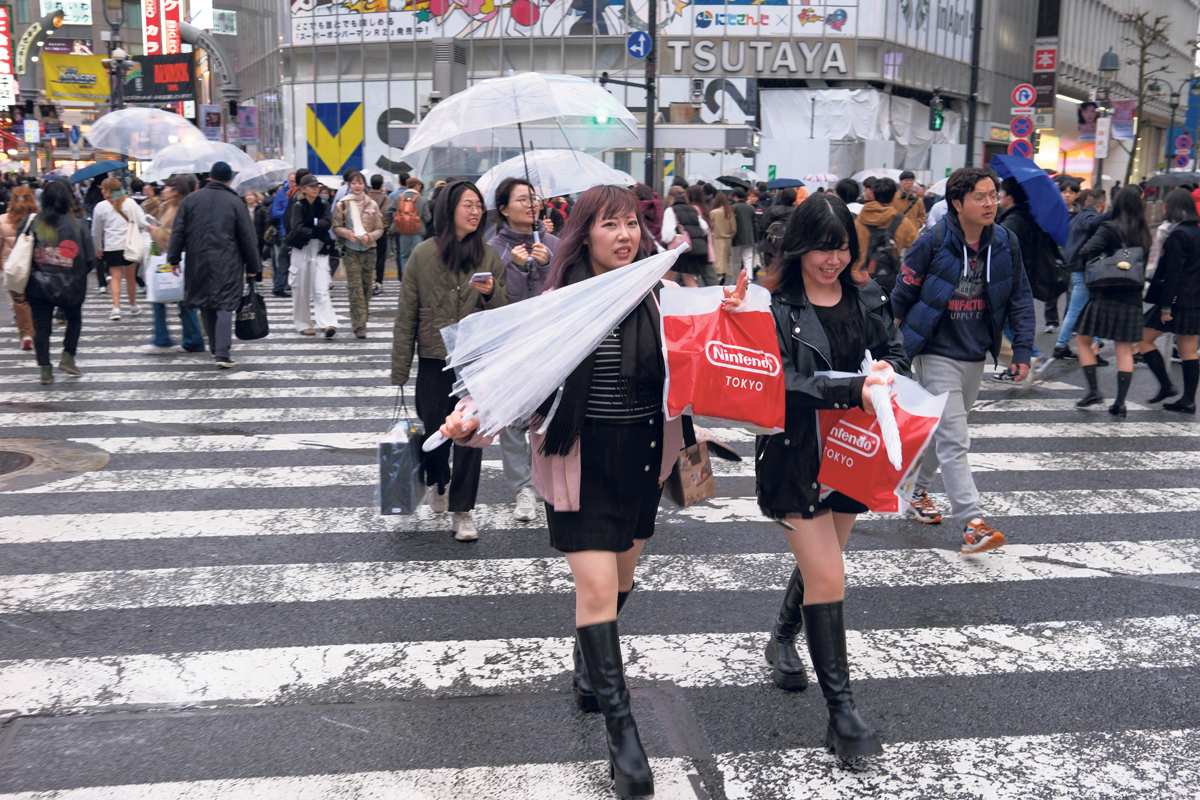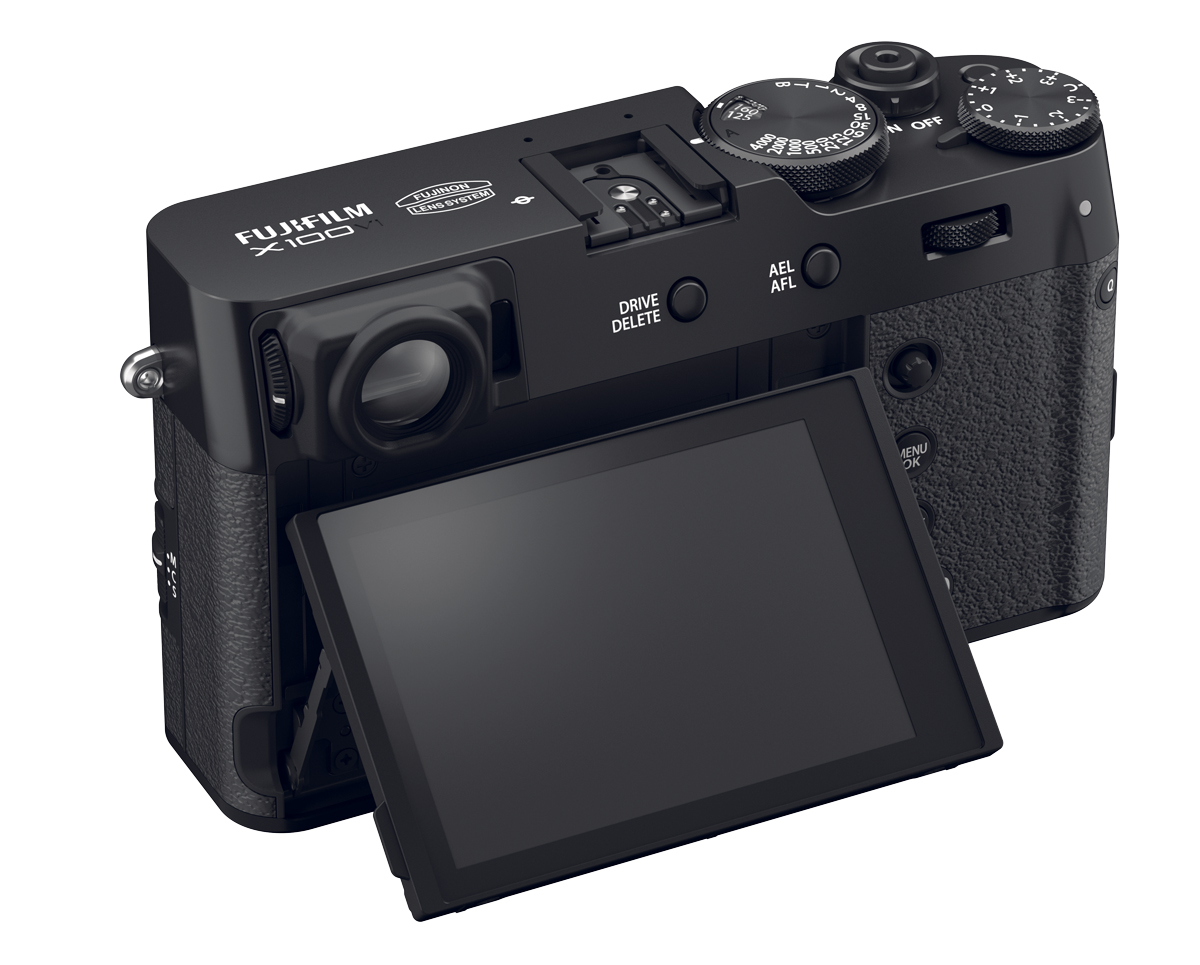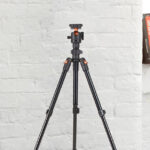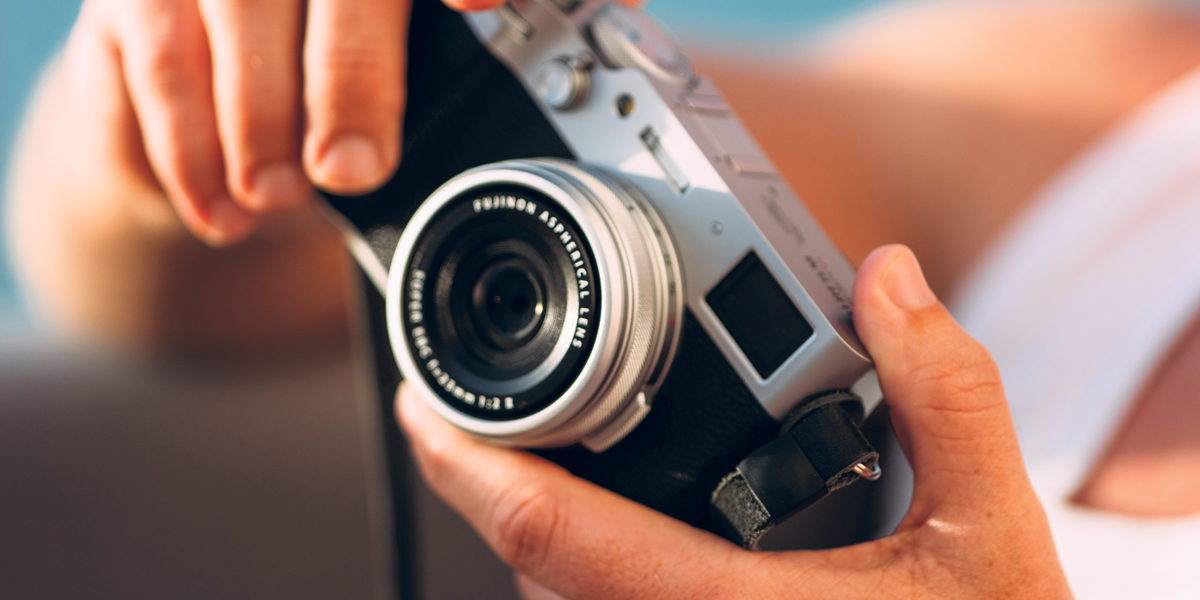
Big Test: Fujifilm X100VI
Posted on Mar 19, 2024
Fujifilm X100VI in Tokyo
Dropped into the bustling metropolis of Tokyo, will Fujifilm’s new X100VI sink or swim? Roger Payne walks the streets to find out
Words & images by Roger Payne
Emotion isn’t TYPICALLY a subject photographers talk about when taking images. Yet emotionally driven decisions are a crucial part of the process. We’ll often create photographs to remind us how we felt when we visited a location – or take pictures of loved ones to remember a great day together.
Similarly, owners of any Fujifilm X100 series model will tell you it’s not just great pictures taken from the camera they love; it’s also the way it makes them feel. Using one is as much an emotional driver as the results it produces.
I experienced this first-hand while testing the X100VI – the sixth version of the camera which began the X Series dynasty in 2010. It casts a spell on you, compels you to create images and forces you to go the extra mile to get a good shot. No witchcraft or wizardry is involved, of course, but its ultimate effect on your creativity is undeniably spooky.
This can be explained very simply: the X100VI represents photography in its purest form. It’s a big sensor behind a high-quality, fixed lens, wrapped in a classically styled body. It’s the perfect blend of old and new; the design reminds you of the good old days of film cameras – yet the results leave you in no doubt you’re working with cutting-edge digital tech. It’s a combination very few manufacturers have managed to crack. The Leica Q3 comes close, but at more than three times the price.
Operating in such a niche could lead to complacency. But, thankfully, that word doesn’t appear to be in the Fujifilm dictionary, so the X100VI offers significant improvements over the X100V it replaces.
The most headline-grabbing of these is the boost in resolution, jumping from 26.1 megapixels on the previous model to 40.2 megapixels here. The X-Trans CMOS 5 HR sensor found onboard the X100VI has already earned its stripes in the X-H2 and X-T5, remaining the highest-resolving APS-C sensor on the market.
While X100VI usage should be about getting the shot right in-camera, this boost in resolution gives greater flexibility for cropping when editing. Quick grab shots from distance can still be made into prints for the wall when you have 40.2 megapixels to play with. The camera’s built-in digital teleconverter also takes on greater significance, with two options available to boost the 35mm-equivalent lens to either 50mm or 70mm.
In both cases, the converter crops in on the sensor, reducing the resolution. However, if you want to use converters and retain full resolution, the optional WCL-X100 II and TCL-X100 II wide and tele optical converters are compatible – providing either 28mm or 50mm equivalents respectively.
With a sensor taken from the interchangeable-lens X Series models, it comes as no surprise that the X-Processor 5 imaging engine has transferred across as well; its inclusion leads to notable performance enhancements.
For those who like to shoot continuously, the X100VI can work at up to 20fps with the electronic shutter, albeit with a 1.29x crop on the sensor. This drops to 11fps if you switch to the mechanical shutter, which comes at full resolution. At these rates, you’ll be able to shoot for a matter of three to four seconds before the buffer has to catch up, but this is most likely because the single card slot on the X100VI is only UHS-I compatible. Personally, I’m more of a single-frame shooter so never had any issues.
Further benefits from this sensor-and-processor combination include the addition of the 10-bit HEIF file format, which uses less space than JPEG; a native low ISO of 125; the addition of a new Film Simulation mode, Reala Ace, which was first seen in the GFX100 II; as well as improved battery performance.
This latter point matters. I was expecting to see the larger W235 battery in the X100VI, but Fujifilm suggests this alters the camera’s form factor too much, therefore the W126S battery has been retained. This is claimed to last for around 450 frames-per-charge. While I initially anticipated having to change the battery on the regular, in reality it’s good for a day of shooting – even if you decide to spend time reviewing images on the rear LCD.
This battery performance is even more impressive when you consider there’s also an in-body image stabilisation (IBIS) system offering a benefit of up to six stops. The inclusion of IBIS is significant; during the testing period, I spent a good amount of time taking pictures at night on the streets of Tokyo. IBIS unlocks far greater opportunities (see the low-light performance panel for more details).
As a proud owner of a second-generation X100S, I’m well aware of the shortfalls earlier models in the line-up had in terms of focusing performance. However, I have no qualms about the improved AF system in the X100VI. The camera boasts an improved AF algorithm and uses deep-learning AI for subject detection, resulting in AF performance that’s high on acquisition and low on frustration.
On bustling Tokyo streets, I found the face detection mode could be overwhelmed and wouldn’t pick out the face nearest to the camera – but this is hardly something to fault the camera for. The focusing is assured and fast. There are also benefits for those who like to shoot video, with improved AF subject tracking.
If you enjoy shooting movies, the X100VI is well-featured, offering up to 6.2K at 30p. Given its size, previous iterations of the camera were only suitable for video when on a solid platform, but the inclusion of IBIS is again a benefit here. It’s viable to shoot handheld and get smooth footage. Like the GFX100 II, the X100VI is also natively compatible with Frame.io Camera to Cloud, allowing video and images to be shared and edited in real time once the camera is connected online.
In use, the X100VI truly comes alive. The design has been fine-tuned over the six versions and this one is undeniably the best yet. The advanced hybrid viewfinder remains, offering you a choice of three views: electronic (EVF), optical (OVF) and optical with an electronic rangefinder (ERF) window. If you’ve used an X100 series camera before, the chances are you’ll already have a favourite, but I prefer the WYSIWYG EVF. Although the OVF gives you a slightly wider view to see what’s about to enter the frame, which can have its benefits for street photography.
The top-plate of the camera is clean and simple with the shutter speed/ISO dial dominating, plus the shutter release and exposure compensation dial. I’m a fan of the lift-and-turn collar for changing the ISO as the action is smooth, but the lack of click stops could make it hard to do this precisely with the camera to your eye.
On the back of the X100VI, the tilting LCD fits flush to the camera body when not in use. The controls are designed to be accessible with the right hand if you have the camera to your eye. In addition, the handgrip has been subtly redesigned for an improved hold. The rear LCD is touchscreen, though I’ve never been able to get on with this functionality on any camera – save a double-tap to enlarge images. For this reason, I used the rear lever on the X100VI to change the majority of settings. It is sometimes possible to mis-press this control and go into the wrong menu; a minor gripe.
The camera is also not fully weather sealed unless you buy the optional AR-X100 adapter ring and PRF-49 protector filter. That said, I did use the camera without these accessories in light rain with no adverse effects – although that’s not suggesting you should do the same!
A hidden gem on the camera is the built-in neutral density filter, cutting exposure by four stops. Paired with IBIS, this opens up creative options for handheld, giving you even more flexibility if you have a support handy. The ND filter also works on video, where it’s particularly useful to keep apertures wide in brighter conditions. I did detect a slight colour shift with the filter in use, but nothing that can’t be edited out afterwards.
The Verdict
Let’s not beat around the bush here – the X100VI is a wonderful camera. Admittedly, I was testing it in one of the world’s most photogenic locations, but it made me want to go out and take pictures – constantly rewarding me with high-quality results. During the trip, I took some images I’m very proud of, mainly because the camera put me in the mindset to indulge my creativity. That hasn’t happened for some time.
It’s not the perfect camera, but many of the earlier X100s’ foibles have been overcome to make this a richly rewarding piece of kit. Safe to say, if someone gave me an X100VI and said it would be the only camera I could use for the rest of my days, I wouldn’t be disappointed.
Pros: Photographer-focused design that is a joy to use, quality of results for both stills and video, in-body image stabilisation increases creative options, internal ND filter, Reala Ace Film Simulation, all-round low-light performance.
Cons: Still not weather resistant without optional accessories, rear lever can be inaccurate for mode selection, would prefer longer battery life.
This test was first published in Issue 114 of Photography News.
Don’t forget to sign up to receive our newsletter below, and get notified about the new issue, exclusive offers and competitions.
Have you heard The Photography News Podcast? Tune in for news, techniques, advice and much more! Click here to listen for free.

